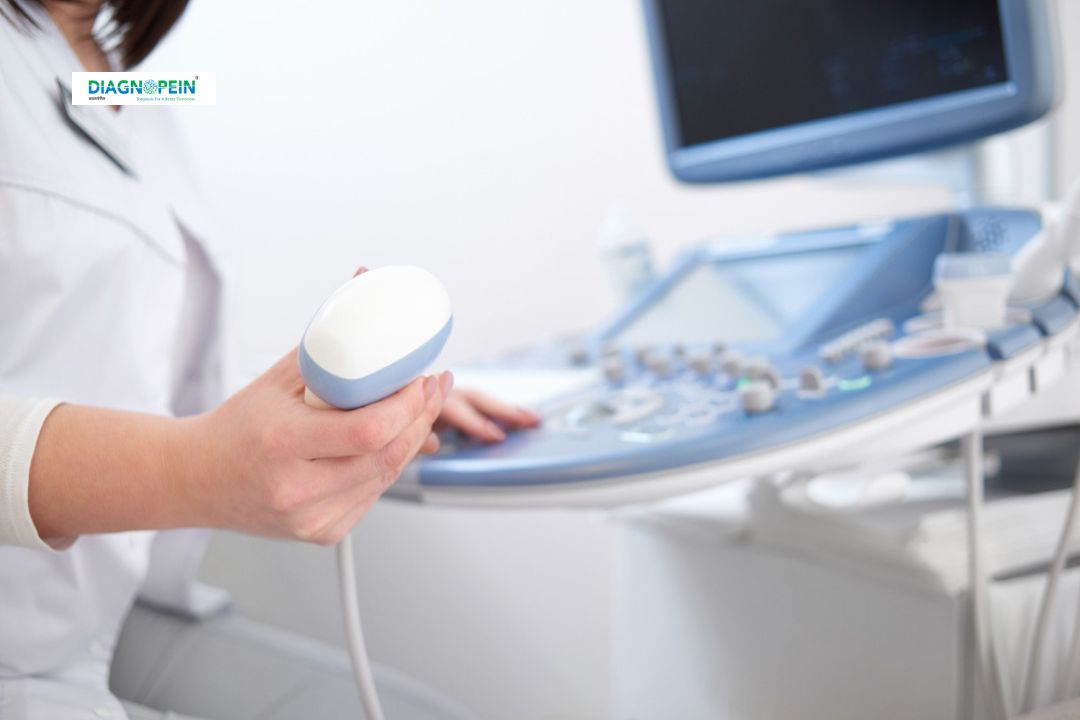Why USG Mesenteric Arterial Doppler Test is Important
This test plays a vital role in detecting early vascular abnormalities before severe intestinal ischemia occurs. Patients presenting with chronic abdominal pain, weight loss, or postprandial discomfort often undergo USG Mesenteric Arterial Doppler to evaluate blood supply adequacy. It is especially critical for people with risk factors such as hypertension, diabetes, smoking, or atherosclerosis.
Unlike CT or MRI scans, this Doppler study uses sound waves and does not involve radiation or contrast, making it ideal for all age groups and those with kidney concerns. The test can also be repeated safely to monitor disease progression or treatment outcomes.
Benefits of USG Mesenteric Arterial Doppler
USG Mesenteric Arterial Doppler offers several clinical and diagnostic benefits:
-
Early detection of vascular narrowing or occlusion in the mesenteric arteries.
-
Helps determine blood flow velocity and direction.
-
Assists in guiding further imaging or surgical planning.
-
A safe, radiation-free, and painless diagnostic method.
-
Enables real-time visualization of vascular dynamics and perfusion changes.
Due to its reliability and accessibility, this Doppler test is widely recommended for evaluating mesenteric blood flow abnormalities and diagnosing intestinal ischemia before complications arise.
How the USG Mesenteric Arterial Doppler Test is Performed
During the USG Mesenteric Arterial Doppler procedure, you will be asked to lie down comfortably on the examination table. A trained sonologist applies a small amount of gel over the upper abdomen and scans the area using a specialized ultrasound probe.
Images of the celiac, superior, and inferior mesenteric arteries are obtained to evaluate blood speed (velocity) and direction. The procedure usually takes around 20–30 minutes and requires fasting for at least 6–8 hours before the test to reduce bowel gas interference.
You can resume normal activities immediately after the scan, and results are typically available the same day. The test is completely non-invasive and does not cause any pain or discomfort.
Test Parameters in USG Mesenteric Arterial Doppler
The test focuses on measuring:
-
Peak systolic velocity (PSV) in the celiac and superior mesenteric arteries.
-
End-diastolic velocity (EDV) indicating consistent blood supply.
-
Flow direction and turbulence patterns.
-
Doppler waveform characteristics for diagnosing stenosis or occlusion.
These quantitative findings help vascular specialists determine if arterial narrowing exceeds 70%, which is significant in chronic mesenteric ischemia diagnosis.
When to Consider USG Mesenteric Arterial Doppler
You should consider this scan if you experience:
-
Unexplained postprandial abdominal pain or bloating.
-
Sudden or chronic weight loss.
-
Symptoms of vascular disease like hypertension or peripheral artery disease.
-
Previous history of abdominal surgery or arterial disease.
It is a crucial part of vascular imaging and abdominal pain workup for accurate and prompt diagnosis.








